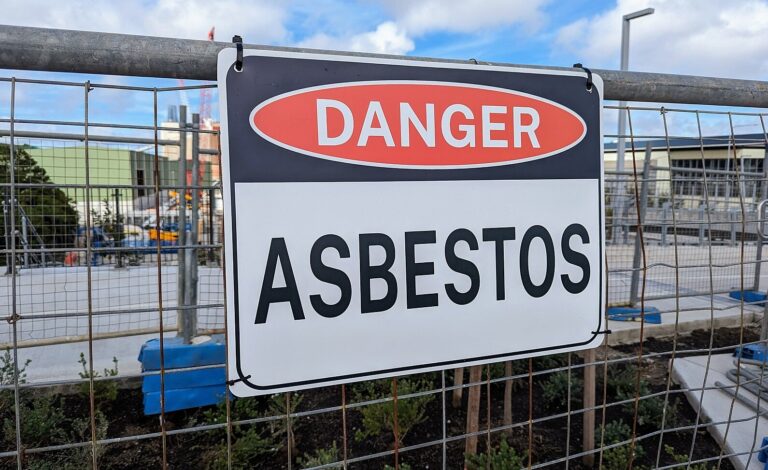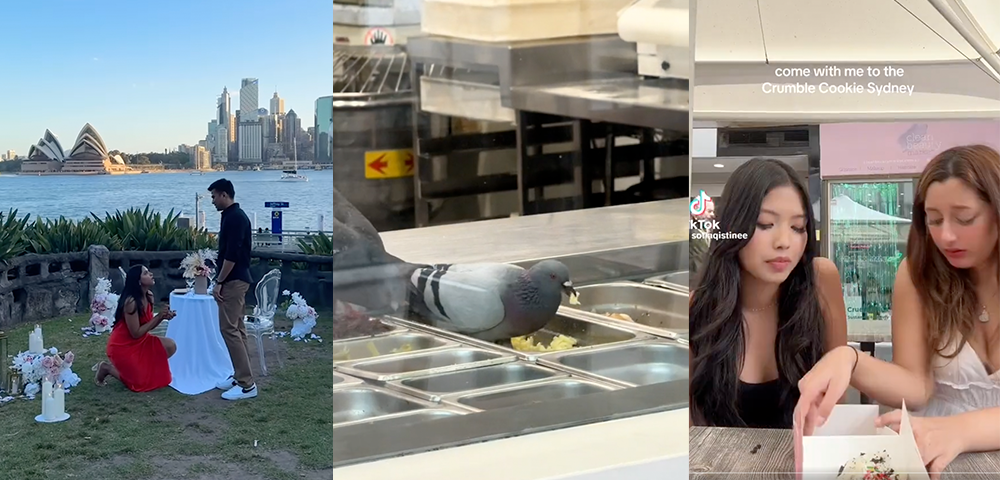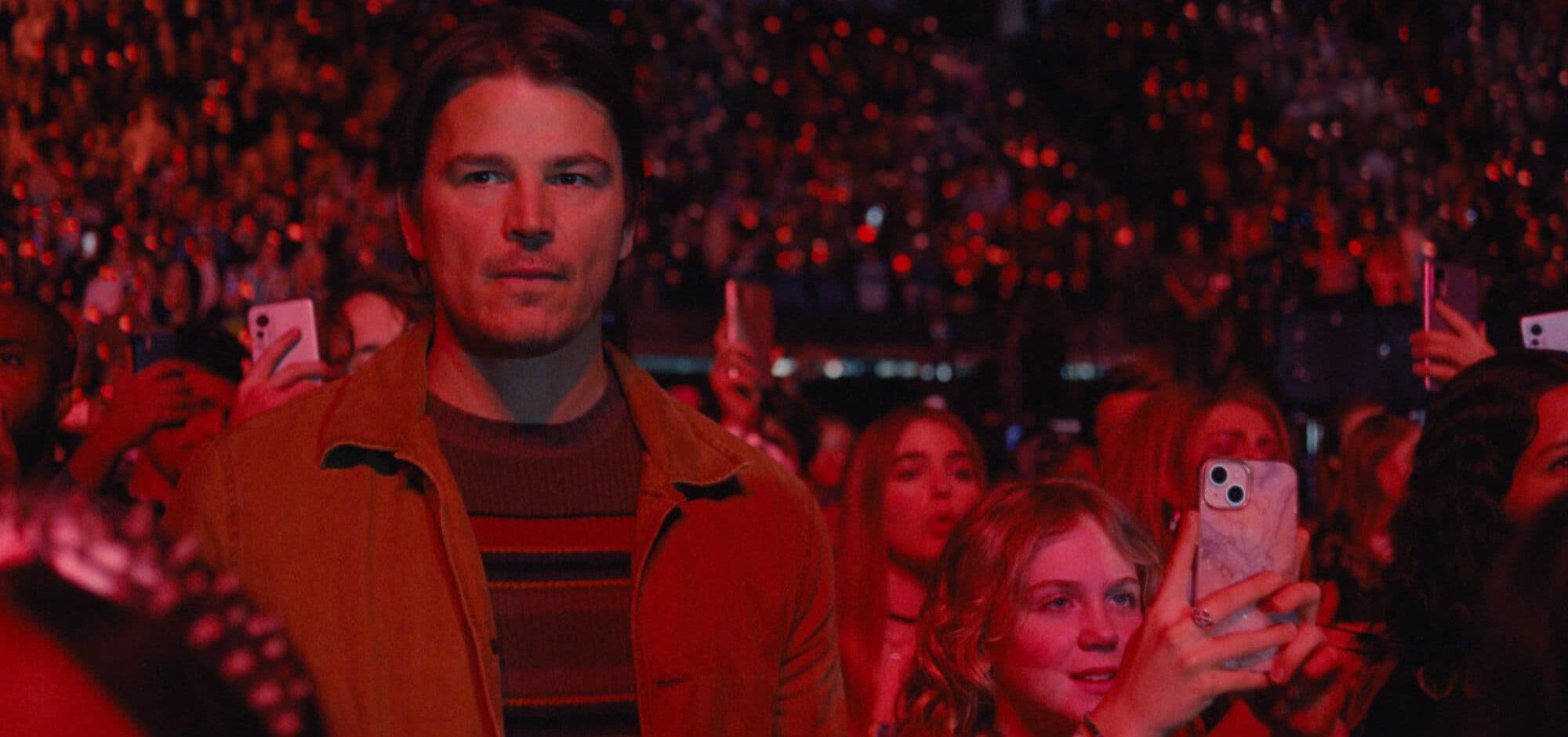
After Yang is visually stunning “eye-oxygen”

BY MARCUS HAAR
Based on the short story Saying Goodbye To Yang, Kogonada’s After Yang is set in an unspecified future where humanoid robots are purchased as live-in-babysitters. The film follows Jake as he tries to find a way to repair Yang, his daughter, Mika’s robotic “Chinese” brother and in doing so, discovers Yang’s secret inner life.
The film had me hooked almost right away, Kogonada’s depiction of the future’s architecture, which comprises of mostly of wood and glass, was unique yet didn’t feel out of place. I was also impressed by Kogonada’s continuing trend to reveal snapshots of Asian cultural history just as he did in his debut film Columbus. The highlight, however, was certainly the sequence where Jake peers into Yang’s memories for the first time which was utterly stunning to see on a cinema screen; eye-oxygen.

However, on top of the film’s already languid pace, Kogonada continues to include these same sequences all throughout the film’s runtime leaving it somewhat monotonous. I was also left unfulfilled by the serious things the film wanted to say. The idea of identity as a construct, which although potentially interesting was swiftly dispensed of in an earlier scene where Yang out right tells Mika that agricultural grafting serves as a metaphor for her own adoption. Moreover, discovering the secret private life of a robot through mere fragments of their memory also hints at something interesting, but I felt that the direction Kogonada takes with Haley Lu Richardson’s character was never thoroughly explored.
In an effort to create something visually unique with interesting concepts, Kogonada only reveals why the source material was left short in the first place. A+ for that incredible opening credit sequence though.
★★★









